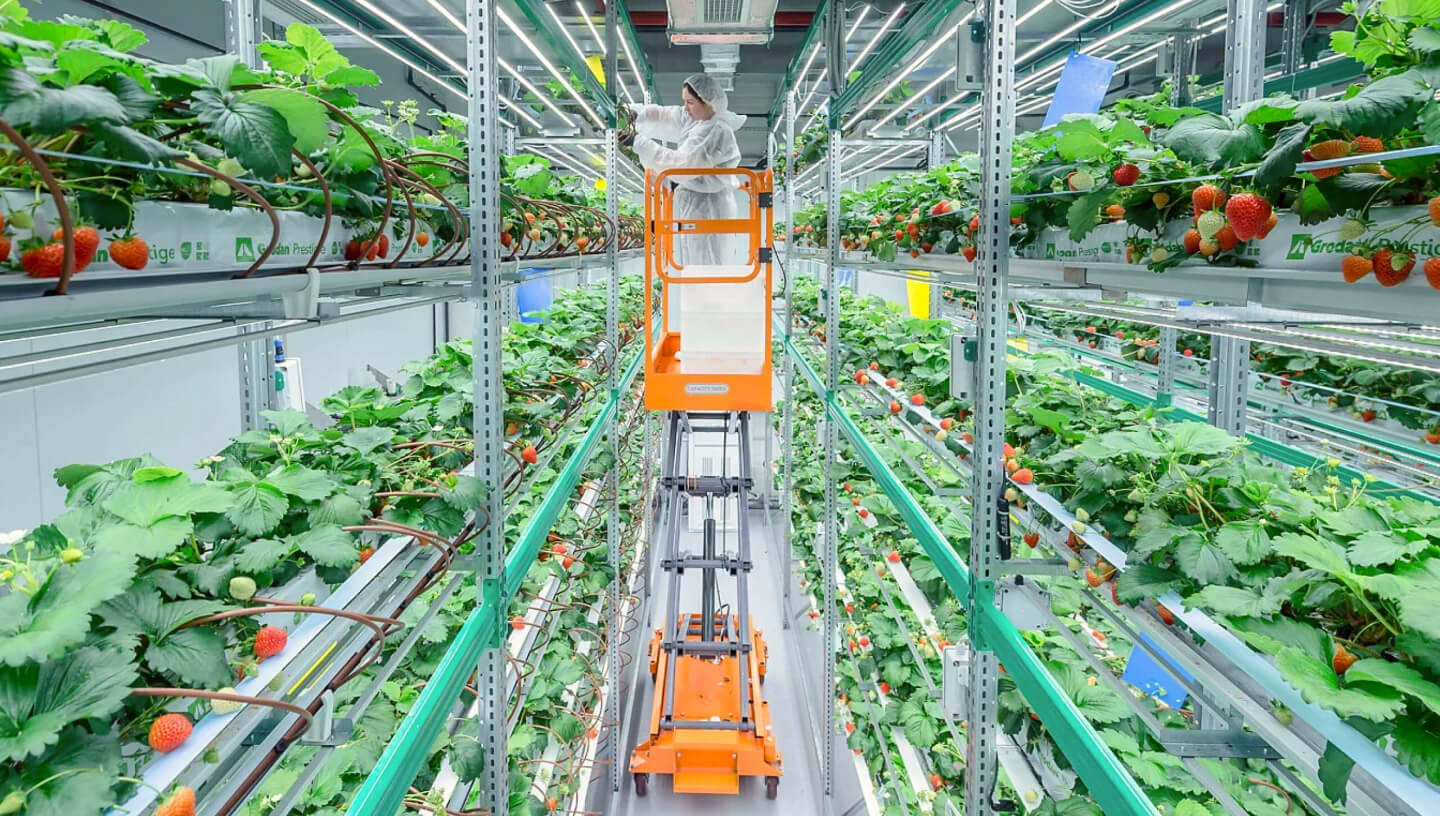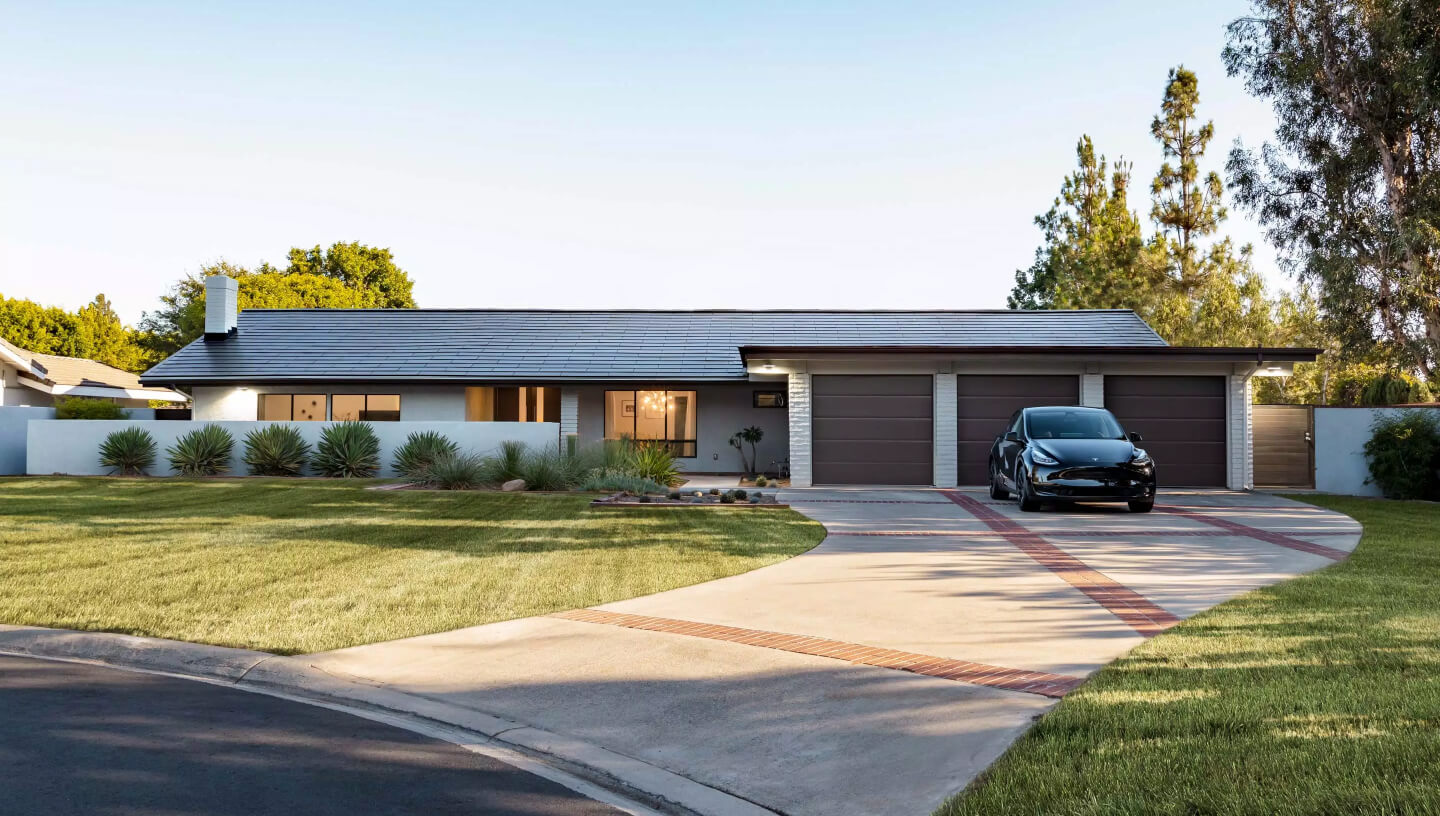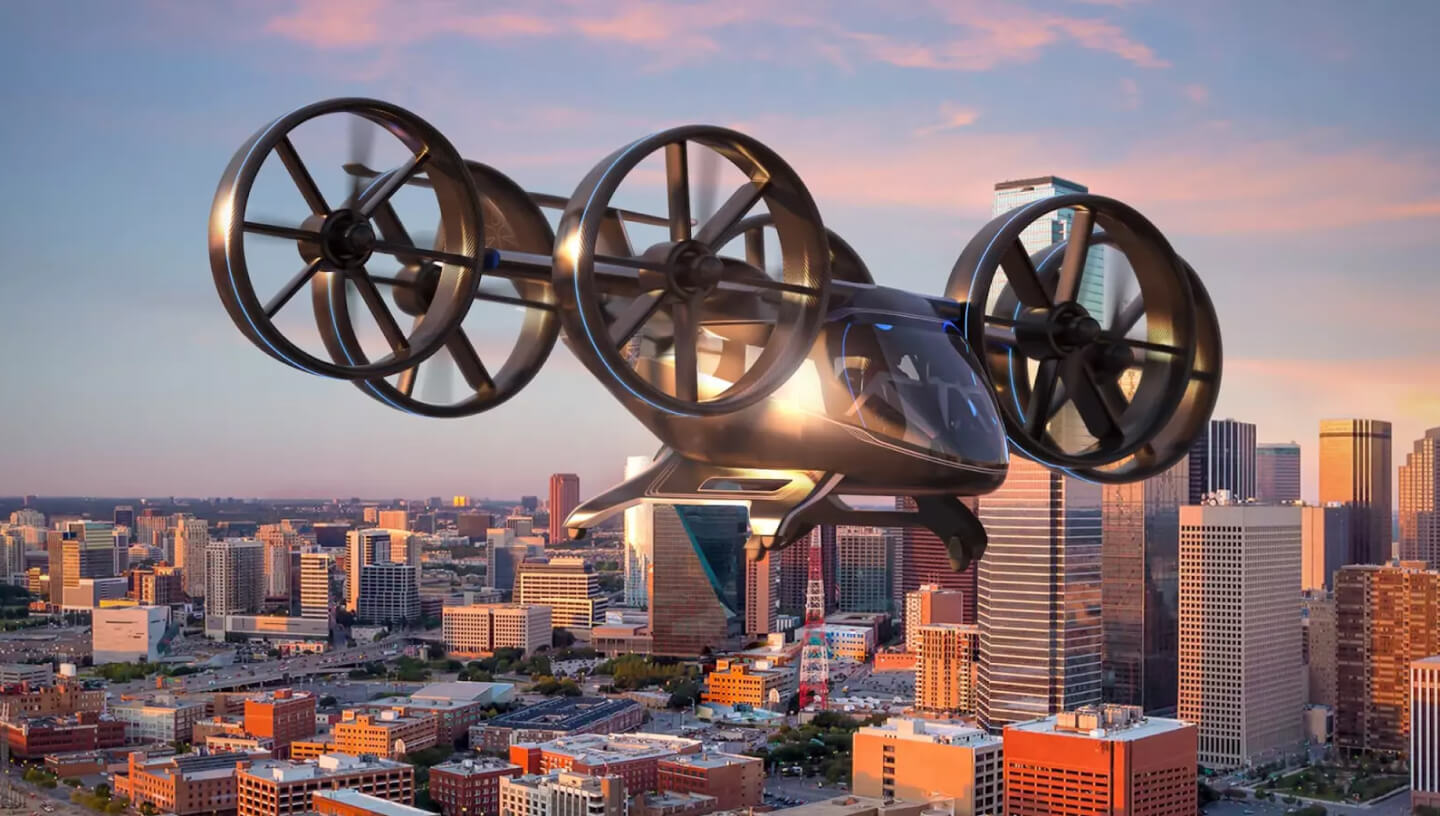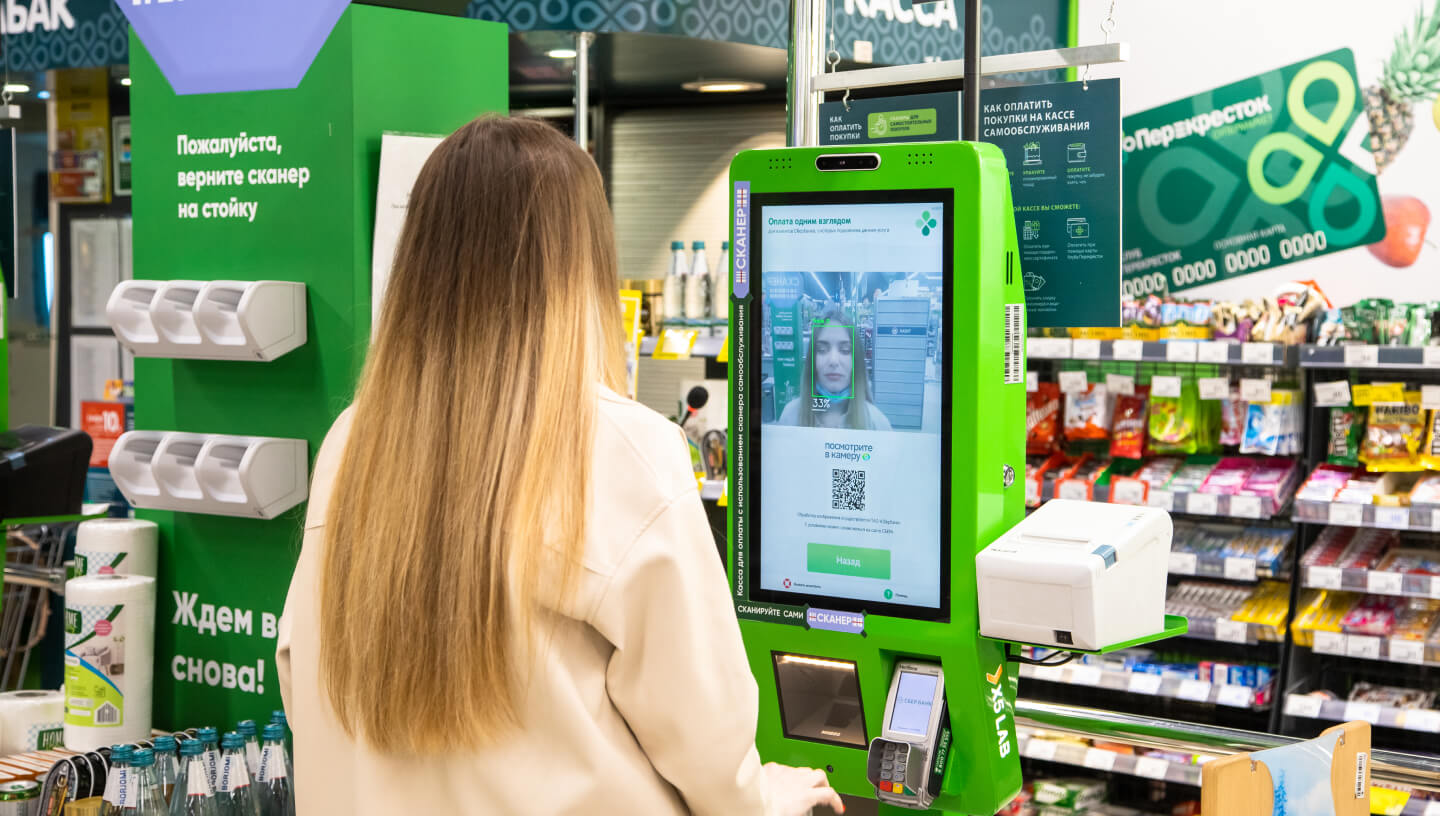The infrastructure of megacities is in a constant process of development: innovative technologies are being introduced, the level of comfort for the population is increasing, and new modern facilities are appearing. Progress seems predictable, but in fact, the future holds many surprises.
Houses will be transformed into gardens and forests
The world’s population is growing, and with it, the number of residential buildings. Architects want to preserve the green appearance of megacities by turning all apartment buildings made of glass and concrete into huge gardens. An example of such a project is the Green Heart multifunctional complex, which was built in Singapore. It consists of four skyscrapers arranged around a multi-level park with artificial ponds, waterfalls, tropical plants and trees.
Houses can become not only gardens, but also a real forest. For example, on the terraces of the two residential skyscrapers at Bosco Verticale in Italy, there are 900 trees up to 9 metres high and more than 200 shrubs and flowers. The plants are arranged according to how much sunlight reaches one side of the facade or the other. And a special irrigation system is responsible for watering them.
Another interesting project is a skyscraper whose façade is covered from bottom to top with an emerald network of 21 varieties of living vines. The plants naturally cool the building, retain dust and enrich the air inside with oxygen. The through niches also prevent the building from heating up: they do not affect the stability of the skyscraper thanks to four stiffening cores (the frame elements that ensure the strength of the structure) instead of the traditional one.
 Photo: City Greenhouses
Photo: City Greenhouses
Seedbeds in the city
The demand for herbs, vegetables and berries grown without chemicals is growing and may soon exceed supply. More and more people prefer to live in cities, while farms in rural areas lack the manpower. City farms, or vertical urban gardening systems, could be the answer. They are multi-tiered structures that can be easily placed both indoors and outdoors. Large City Farms are up to 10 metres high, while the smallest ones can fit on a window sill.
Vertical farming systems are automated and allow you to control humidity, light, temperature and nutrient levels using a smart home programme. The plant roots can hang in the air, getting all the necessary substances from the nutrient solution flowing through the tubes, or be in the substrate, such as expanded clay, peat, coconut fibre. Analysts at Rosselhozbank predict that in 20-30 years these units could appear in almost every flat, and in restaurants, offices, educational institutions and shops as soon as in the next decade.
 Photo from: Tesla
Photo from: Tesla
Rooftops will generate solar power
Tesla has created the Solar Roof, a ‘roof of the future’ made of steel and glass tiles that generate solar energy. This solution attracts with its economy and aesthetics: it is not necessary to buy separately roofing materials and solar panels, Solar Roof combines their functionality. Externally, solar roofs do not differ from conventional roofs. What’s more, customers can choose their design from a catalogue to accentuate the individuality of their home.
According to Tesla, solar roofs are three times stronger and half as light as standard roofs, and cannot be destroyed even by a hammer. They are resistant to corrosion, wind gusts and do not catch fire from sparks. And by generating the electricity stored in the compact Powerwall battery, the cost of the Solar Roof pays for itself over time.
Glowing roads
Mexican scientist José Carlos Rubio has created cement with fluorescent components. During the day it stores solar energy and emits blue or green light when it gets dark. The material has a long service life of about a hundred years. And it is also environmentally friendly: The cement is made from chalk and clay.
Luminous cement is useful in road construction: it can illuminate them at night, reducing energy consumption. The intensity of the illumination is adjustable, thus avoiding a glare effect.
Transforming industrial real estate
The cities of tomorrow will not have air polluting factories, they will be built as far away as possible from residential areas. In addition, many companies manufacture their products in other countries such as China and Vietnam.
The industrial zones, which are located within the city, will be transformed into modern and environmentally friendly infrastructure: cultural centres, residential buildings, sites for creative collaborations and business networking. A radical design change will not be necessary: the loft style has been around for a long time, and even new apartments are often designed as part of a refurbished production facility.
Drinking water will be obtained from the air
Modern water extraction and distribution systems involve pipelines and pumping stations that quickly become contaminated and wear out. Meanwhile, there are around 150,000 trillion fluids in the air, which can be extracted almost anywhere on the planet. An autonomous generator is planned for this purpose. Its hydropanel contains an absorbent that absorbs moisture from the air at night. During the day, the generator screen absorbs solar energy and turns the accumulated moisture into steam and then into a drinkable liquid.
When the weather is clear, each square metre of the unit can produce up to 4.5 litres of liquid; when the weather is cloudy, it can produce up to 2 litres. In the future, water generators could be installed in every home. This would relieve inhabitants of megacities from the need to buy bottled water.
 Photo from: Bell
Photo from: Bell
Unmanned helicopter taxis
Both Russian and foreign organisations have plans to launch an eco-friendly electric-powered air taxi service. For example, Alexey Atamanov, founder of Hover, said that flying over the city will become a reality in the next decade. And in order to ensure that air taxis have a place to land, helicopter landing pads will appear in the megacities. Many of them will be located on the roofs of residential buildings and shopping centres.
The unmanned passenger copter is a single-seat aircraft with a payload capacity of up to 120 kilograms. Thanks to its vertical take-off and landing, it can land on virtually any surface. It follows a pre-defined flight path and is able to detect and avoid obstacles. So far, the laws of all the countries in the world prohibit flying over the city. But, as Atamanov noted, this ban may be lifted in the future.
Smart video surveillance
There are hundreds of thousands of CCTV cameras in modern cities. For example, there are about 193,000 in Moscow and almost 628,000 in London. But it is impossible to process everything they film, so most often it is done on request, for example, if you need to issue a fine to a person who picks flowers from a city flower bed. In the future, cameras will be equipped with artificial intelligence-based data analysis systems capable of instantly recognising and capturing unwanted behaviour, such as focusing on pedestrians running a red light, capturing their faces and sending the photos to law enforcement agencies.
Smart cameras can replace security guards in shopping centres and other public places: unlike humans, they work without interruption and can see perfectly well even in the dark. The most advanced systems, developed by Toshiba, can identify a person caught in the lenses of different cameras. By placing these gadgets around the city, it’s easy to find the location of a person who is wanted.
In addition, artificial intelligence will make the sensors work better. For example, it will not call the fire brigade if someone smokes indoors, but will simply pass the data on the intruder to the police.
 Photo by: X5 Group
Photo by: X5 Group
Supermarkets of the future
Innovations could make controlling purchases even easier. Inside supermarkets, sensors will be placed to record what items a customer has taken off the shelf and send that information to a mobile app. If you make a shopping list in advance, the app will check it and remind you what you forgot to put in your trolley.
Bulky, long shelving will disappear from supermarkets. The compact shelves will house samples of products in each category, and everything else can be selected from a catalogue open on a touchscreen in the shop and picked up at the checkout. This will not only speed up the shopping experience, but also allow products to be stored in the most suitable conditions for them, and thus reduce waste.
All products will be entered into an information database. Once you pick up one of them, detailed information about the product will appear in the app: nutritional value, region of production, and so on. There will also be electronic advisers in every department. They will be able to give tips on where to find a particular product, recommend how best to prepare the purchased product and help gather all the ingredients for a delicious dinner.
Author: Vera Zhikhareva
Cover photo: Diamond Developers








Comments